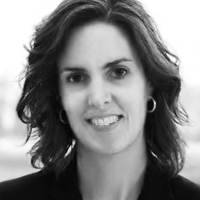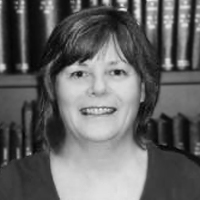Question
It can be a challenge to measure the RECD on a young child. What are some strategies for measuring an RECD with this population?
Answer
Here are several that we have found very effective, we are also looking for good ideas in this area so if anyone reading has additional suggestions, please send them along!
- Pre-measure the probe tube (15 - 25mm from intertragal notch) and measure the coupler portion of the RECD before approaching the child for probe tube insertion. This will save time and cooperation needed from the child.
- If the child has a personal earmold, use it to obtain a more customized insertion depth by running the probe tube along the bottom part of the earmold. Be sure the medial end of the probe tube extends approximately 3 to 5 mm from the sound bore of the earmold. Mark the probe tube where the most lateral portion of the earmold meets the tube (see Figure 1). Insert the tube until the mark meets the intertragal notch.
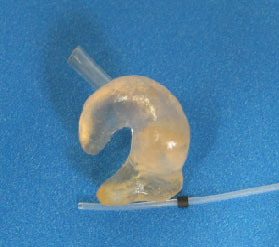
Figure 1. Measuring the RECD probe tube using a customized earmold
- If you have some clear wrap or soft surgical tape, you can connect the probe tube to the earmold and insert the unit simultaneously (see Figure 2). To the child, this may seem like you are merely inserting his earmold.
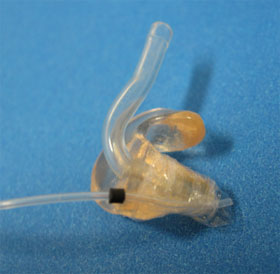
Figure 2. The probe tube connected to the earmold using clear wrap.
- Toddlers may be curious about what you are doing at their ear. It is helpful to have an assistant hold a mirror in front of the child while you insert the probe tube to reduce the child's head movements. He/she will be able to see what you are doing by looking into the mirror.
- If there is a cord clip on the probe microphone module, clip it to the shoulder opposite the ear you are working on. This will allow the probe module to lie snugly against the child's cheek. Movement of the module will be reduced and the child will be less tempted to reach up and grab the cord (see Figure 3).
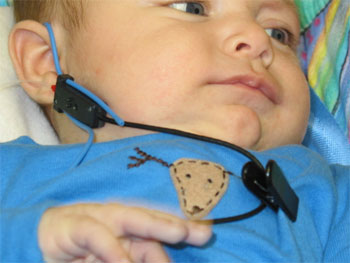
Figure 3. The probe microphone cord is clipped across the child's shoulder to minimize cord movement and child interest.
- The accuracy of measured RECD values is important because it will impact the accuracy of audiometric data collected with insert earphones, prescriptive targets and 2cc coupler verification procedures (see additional RECD FAQs for more details). Always troubleshoot your measurement to ensure that the probe tube has been inserted appropriately. A negative RECD value means that the individual ear is larger than a 2cc volume. A negative RECD will more frequently be seen in the low frequencies because of slit leaks, myringotomy tubes, or eardrum perforations. Shallow probe tube insertion will influence the high frequencies by "rolling them off" more quickly. Bagatto (2001) offers troubleshooting suggestions for RECD measurements.
References
Bagatto, M., Moodie, S., (2007, October 8). Learning the Art to Apply the Science: Common Questions Related to Pediatric Hearing Instrument Fitting. Audiology Online, Article 1886. Accessed from the Article Archives from www.audiologyonline.com/articles/article_detail.asp?article_id=1886
Bagatto, M.P. (2001). Optimizing your RECD measurements. The Hearing Journal, 52(32), 34-36.
This Ask The Expert Question was taken from an article previous published on Audiology Online entitled, "Learning the Art to Apply the Science: Common Questions Related to Pediatric Hearing Instrument Fitting". See Bagatto and Moodie (2007) for additional information.
Marlene Bagatto, Au.D., is a Research Associate and Sheila T. F. Moodie, M.Cl.Sc., is a Research Audiologist at the National Centre for Audiology at the University of Western Ontario in London, Ontario, Canada.

